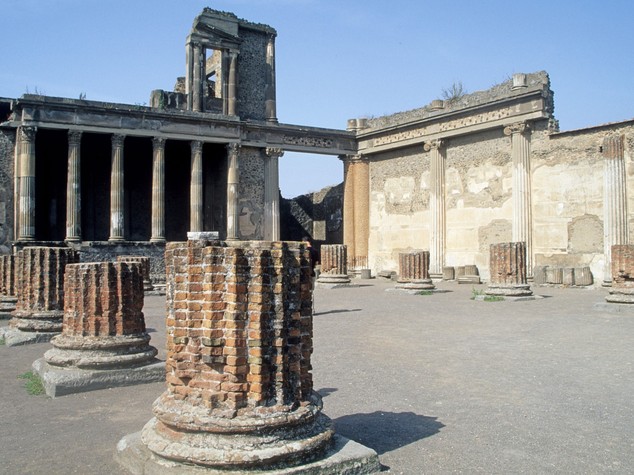EU to invest in restoration work in Pompeii

Brussels - Pompeii is a jewel of Europe's cultural heritage. A fact that has led the European Commission to invest nearly 50 million euros from the European Regional Development Fund to finance preservation and restoration works of the iconic Italian archaeological site. The Commission issued a note explaining that upon completion of the restoration works co-financed by the EU Cohesion Policy, visitors to the ancient Roman city of Pompeii, which is classified as a UNESCO world heritage site, are expected to increase by 200,000 units per year.
Regional Policy Commissioner, Corina Cretu, who visited the project in February last, underlined that: "In Pompeii we restore and preserve works of art from the past, but we are really doing it for our future; so our grandchildren can enjoy this unique site, part of our common history and cultural identity. We are also contributing significantly to the economic development of the Campania region, by boosting tourism and entrepreneurship." The 50 million euro investment will finance the consolidation of ancient buildings and structures in the ancient city. It will thus restore its urban character, the construction of a water canalisation and drainage system, other restoration and enhancement works, as well as training for the personnel.
The EU started supporting renovation works in Pompeii in the 2000-2006 financial period, and adopted the Pompeii "major project", worth 105 million euros in 2007-2013. The decision made on Wednesday will allow this project to be completed with funds from the 2014-2020 period. The UNESCO site of Pompeii has been under excavation to varying degrees since 1748. The exposure of the excavated site as well as poor excavation techniques have caused the site to deteriorate over time. The Pompeii project is designed to put a stop to deterioration and reverse the trend, while consolidating disparate sites into a single excavated area. In 2016, the site was also made wheelchair accessible, with the help of EU funds.

